Sea to Summit Aeros Pillow Review: Premium & Ultralight
Now nearly a prerequisite before I head out on any backpacking trip, an ultralight backpacking pillow is an item that will add just a few ounces to your pack but might just be at the top of the list when it comes to a weight to comfort ratio. While the choices on the market are almost endless, Sea to Summit’s Aeros inflatable pillow line has become a popular choice. In this review, we’ll take a look at the Sea to Summit Aeros Premium and Aeros Ultralight backpacking pillows.
Sea to Summit Aeros Ultralight (left) and Premium (right) backpacking pillows
Sea to Summit Aeros Pillows: Design & Impressions
Sea to Summit’s Aeros backpacking pillows consist of the Aeros Ultralight and Aeros Premium pillows. Both feature Sea to Summit’s great dual-function inflation and quick deflation valve and a scalloped, anatomical shape. The pillows can be inflated by mouth and I found the valve compatible with the Exped Schnozzle I already have…Sea to Summit also offers an inflation solution and by inflating slightly more than you prefer and then tapping the deflation valve one can easily achieve just the right balance between height and cushion.
The ultralight version as you might expect is the more bare bones model with a more standard fabric outer, while the Premium adds a softer cover with a thin layer of polyester fill between you and the air chamber. The Ultralight is available in a regular (list 2.1 ounces) and large (list 2.5 ounces). The Premium Aeros pillow is listed at 2.8 ounces for the regular, with the large coming in at 3.7 ounces. We tried both models in the large size, mostly for the additional height that’s offered for a side sleeper over the medium. The Ultralight weighed in at an actual 2.65 ounces and the Premium at 4.1. The stuff sacks for each add about 2 tenths of an ounce.
Both pillows have a nice amount of give even when fully inflated (many inflatable pillows can become a rock in this regard) which does help to make the pillow much more comfortable. Both pillows feel comfortable against your face and while the Premium does offer a softer outer fabric in this regard, the polyester fill of the Premium is a really thin layer and doesn’t honestly, offer much additional cushioning in my experience. The baffled shape helps to keep your head in place, and any noise turned out to be a non-issue with either choice.
Unfortunately, there are no included loops to attach either pillow to your pad using our system detailed here, and with this in mind the Aeros pillows are best for those that like to put their pillow inside the hood of their sleeping bag at night. I typically use a hoodless Zpacks sleeping bag, and thus am a bit out of luck when it comes to the Aeros pillows, and have had a few nights testing them out where I was chasing my pillow all around my tent at night. That said, when utilizing either Aeros pillow inside a hood, the sleeping bag contains the pillows just fine and both are quite comfortable, with the Premium winning here, of course.
For me, while I love everything else about the pillows and the Premium is especially comfortable, without any included way to attach the pillow to my sleeping pad my vote would be with the Ultralight since I’d need to bring along a separate pillow case solution anyway. Unfortunately using a hoodless bag, I've found that on especially cold nights I just can’t get a good seal with a pillow inside.
When it comes to the shape of the Aeros pillows, the scalloped shape just isn’t for me, as it almost felt like my shoulders where pushing the ends of the pillow out of the way throughout the night as I tossed and turned. But again like shoes, personal preference very much applies here and as proof, for my backpacking partner Jen the shape is preferred and the pillow is a winner. In her case and as such, her backcountry pillow of choice is now the Aeros Ultralight.
Both the Aeros Ultralight and Premium pillows pack down to a compact and packable form factor.
Conclusion
Overall the Aeros pillows from Sea to Summit are a solid choice, especially if you prefer to put your pillow inside your sleeping bag hood at night. However, the lack of attachment loops on these pillows prevents one from attaching the pillows to a sleeping pad without modifications. That said, if this is not an issue in your case, the pillows offer a reasonable weight and great packability, while offering decent comfort and a stellar valve system. The Aeros Ultralight retails around $45-$65 with the Premium version coming in at $55-$75 depending on size. You can find both pillows here at Amazon as well as here at REI. For more on backpacking pillows, see our backpacking pillow selection guide.
-
 1
1

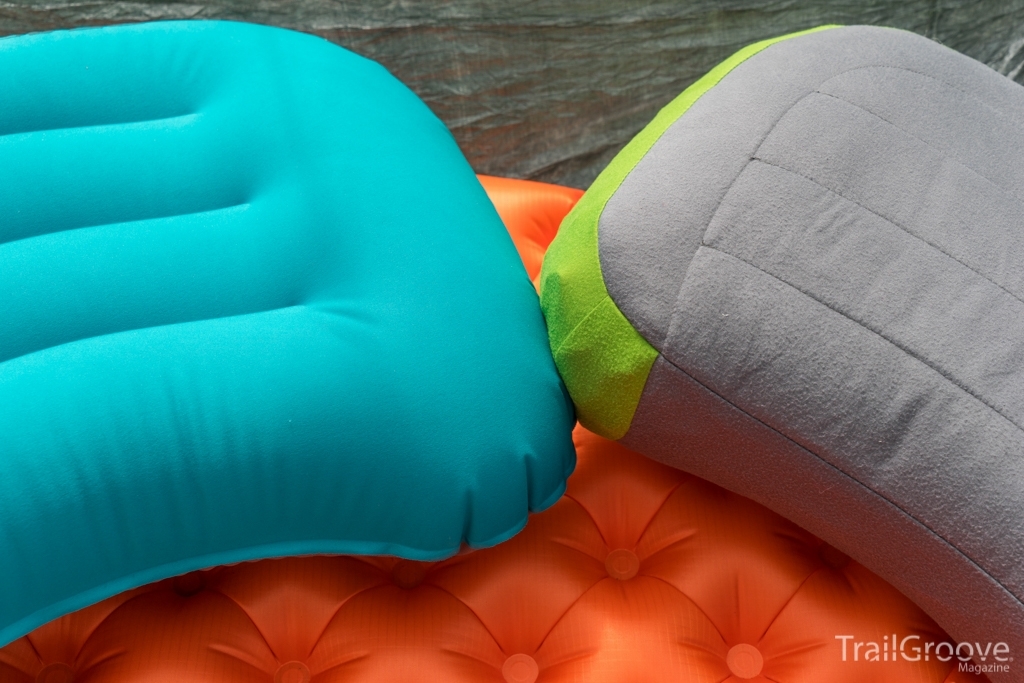
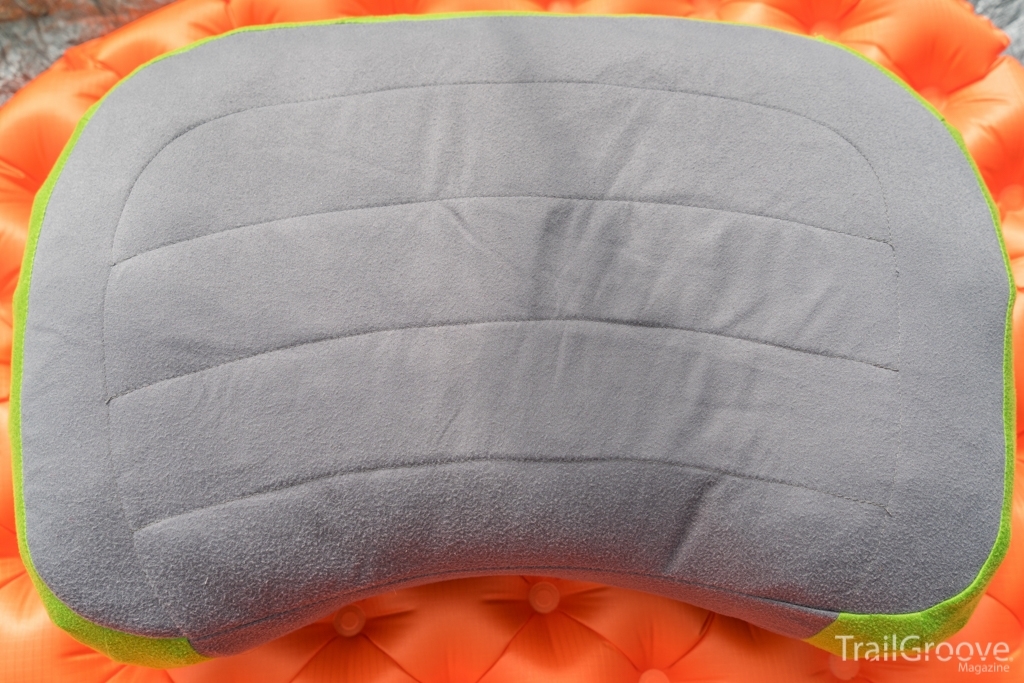
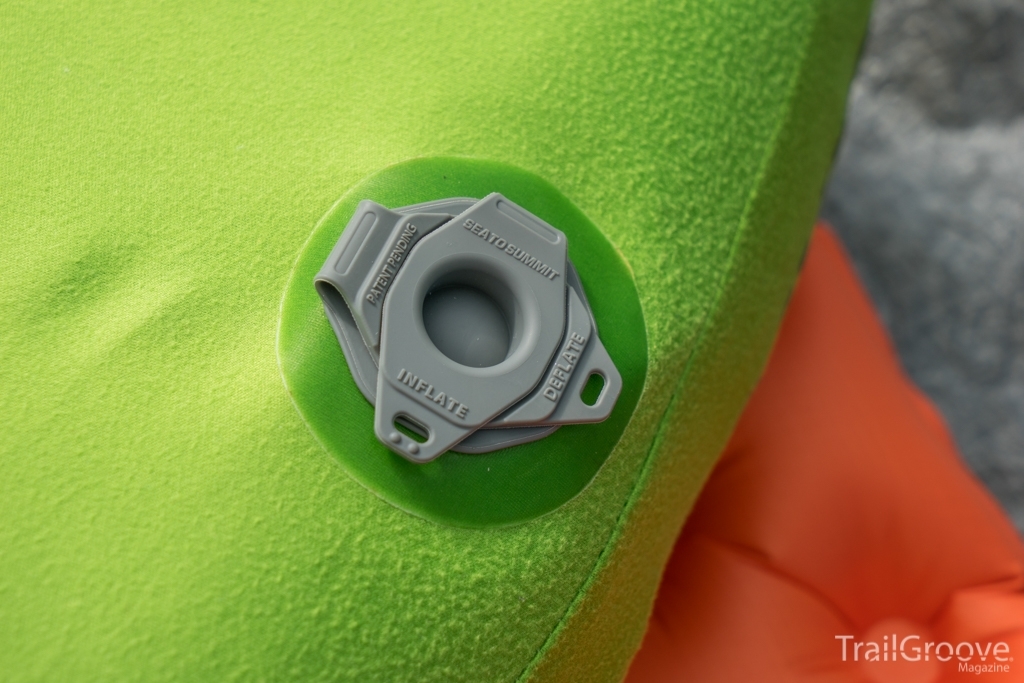
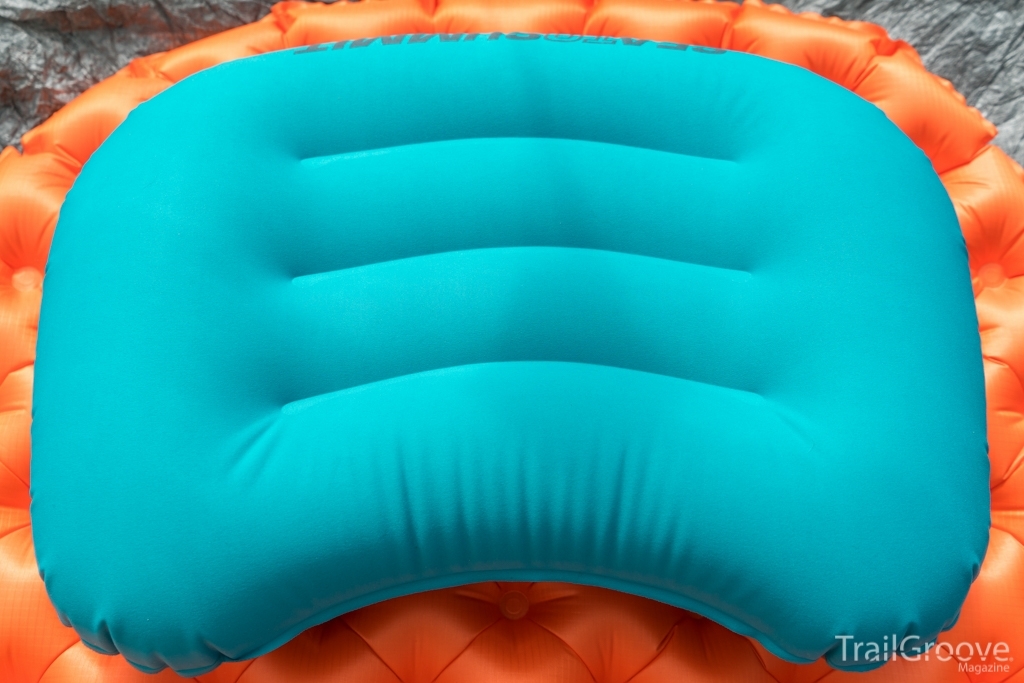
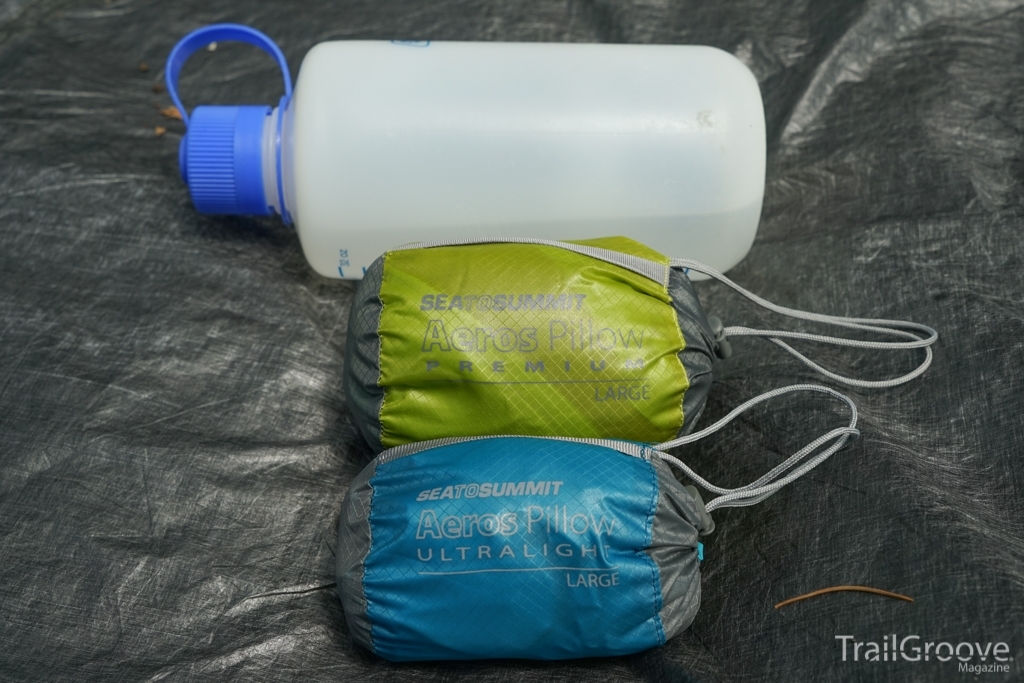

3 Comments
Recommended Comments
Create an account or sign in to comment
You need to be a member in order to leave a comment
Create an account
Sign up for a new account in our community. It's easy!
Register a new accountSign in
Already have an account? Sign in here.
Sign In Now